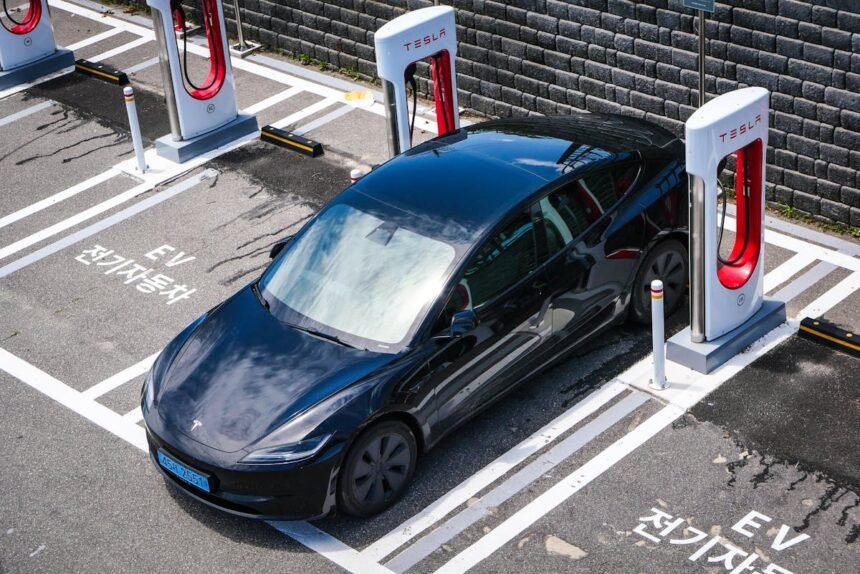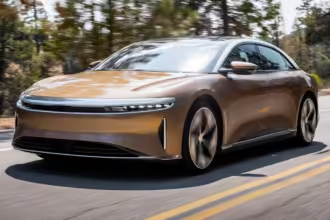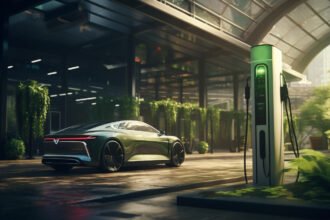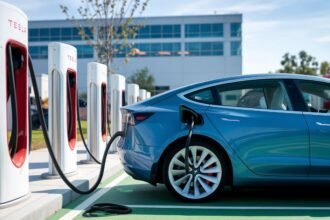As the number of electric vehicles (EVs) on the road continues to increase, understanding how to charge your EV efficiently becomes more important. Two common charging options for EV owners are Level 1 vs Level 2 EV charging. Each has its advantages and drawbacks, and the best choice for you depends on your driving habits, budget, and lifestyle. This guide will help you understand the key differences between Level 1 vs Level 2 EV charging, so you can make an informed decision.
What is Level 1 EV Charging?
Level 1 charging is the most basic form of charging and typically comes with every EV purchase. It uses a standard 120-volt household outlet, which means you can plug your car into almost any outlet at home or on the go.
Key Features of Level 1 Charging:
- Voltage: 120 volts
- Charging Speed: 3-5 miles of range per hour
- Equipment: Standard charging cable that comes with the vehicle
- Cost: Low upfront cost since no special equipment is needed
Level 1 charging is convenient and doesn’t require any additional installation or investment beyond what is already provided with your EV. However, the slow charging speed can be a limitation for many drivers.
What is Level 2 EV Charging?
Level 2 charging is a more advanced charging option that requires a dedicated 240-volt outlet, similar to those used for large home appliances like dryers. This type of charging is significantly faster than Level 1, making it a preferred option for EV owners who need to recharge quickly.
Key Features of Level 2 Charging:
- Voltage: 240 volts
- Charging Speed: 12-30 miles of range per hour
- Equipment: Requires a Level 2 charging station
- Cost: Higher upfront cost for installation
While the Level 2 EV charging setup is more expensive due to the installation of a charging station, it is often considered more convenient because of the faster charging time. Many public charging stations are also Level 2, making this a familiar option for EV drivers.
Level 1 vs. Level 2 EV Charging: A Detailed Comparison
To help you decide between Level 1 vs. Level 2 EV charging, let’s break down the differences:
| Aspect | Level 1 Charging | Level 2 Charging |
|---|---|---|
| Voltage | 120 volts | 240 volts |
| Miles of Range per Hour | 3-5 miles per hour | 12-30 miles per hour |
| Time to Full Charge | 20-40 hours (depending on vehicle) | 4-8 hours |
| Installation Cost | None (comes with the car) | $500-$2,000 for equipment & installation |
| Best for | Drivers with short daily commutes | Drivers with longer commutes or multiple EVs |
| Flexibility | Can charge at any standard outlet | Requires dedicated charging station |
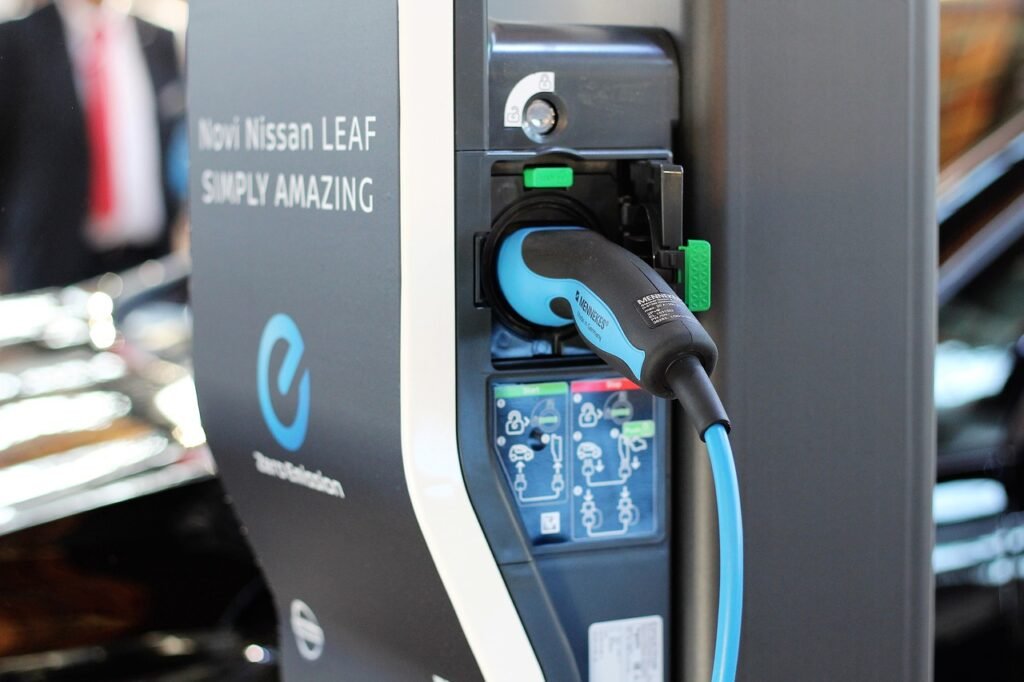
Advantages of Level 1 EV Charging
Level 1 charging has its place, especially for drivers with modest charging needs. Here are some advantages:
- Low Initial Investment: Since it uses a standard outlet, there’s no need for extra equipment or installation costs.
- Universal Access: You can charge your vehicle anywhere there’s a standard 120-volt outlet, making it convenient when traveling.
- Simplicity: Plug-and-play setup—just connect the charging cable that came with your car to a regular outlet.
For EV owners who don’t drive long distances daily, Level 1 charging may be all they need. It’s ideal for overnight charging when you’re not in a rush to replenish the battery.
Advantages of Level 2 EV Charging
For those who need faster charging, Level 2 charging offers several benefits:
- Faster Charging Time: One of the biggest benefits is the significantly faster charging speed. You can fully charge most EVs overnight, even if the battery is low.
- Efficient for High-Mileage Drivers: If you drive longer distances or use your EV frequently, Level 2 charging ensures that your vehicle is always ready when you need it.
- Future-Proof: As EV batteries become larger and more capable, a Level 2 charging station will ensure that you can keep up with faster charging times.
Which One is Right for You?
When deciding between Level 1 vs. Level 2 EV charging, consider the following:
- Your Daily Driving Habits: If you drive less than 30 miles per day, Level 1 charging might suffice. However, if your daily mileage is higher, a Level 2 charging station will save you significant time.
- Home Setup: Installing a Level 2 charging station requires a dedicated 240-volt outlet, which may involve electrical work. If you rent or don’t want to make home modifications, Level 1 charging is a simpler option.
- Charging Frequency: If you only need to charge overnight or during long periods of downtime, Level 1 charging will work. But for faster, more frequent charging, Level 2 is the better choice.
- Budget: If budget is a primary concern, sticking with Level 1 charging means avoiding the upfront cost of installing a charging station. However, for those willing to invest in convenience, Level 2 charging is worth the cost.
Cost Breakdown: Level 1 vs. Level 2 Charging
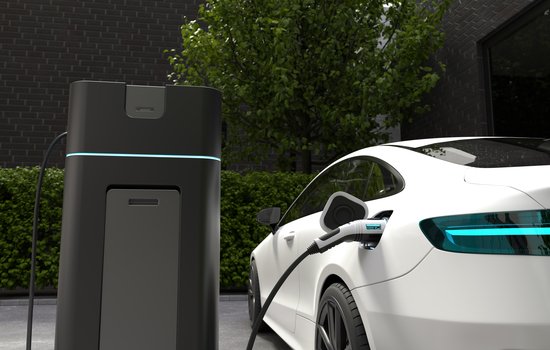
Let’s break down the potential costs involved in both charging setups:
| Cost Category | Level 1 Charging | Level 2 Charging |
|---|---|---|
| Equipment Cost | Included with vehicle | $300 – $700 for Level 2 charger |
| Installation Cost | None | $200 – $1,500 for electrician work |
| Energy Cost | Same as the household electricity rate | Same as household electricity rate |
While Level 1 charging has almost no upfront cost, Level 2 charging can range from $500 to $2,000 when factoring in equipment and installation. However, the faster charging times can make the extra investment worthwhile for those who drive frequently.
FAQs About Level 1 vs. Level 2 EV Charging
Q: How long does it take to charge an EV with Level 1 vs. Level 2 charging?
A: With Level 1 charging, it can take 20 to 40 hours to fully charge an EV, depending on the battery size. Level 2 charging can fully charge most EVs in 4 to 8 hours.
Q: Is Level 2 charging worth the investment?
A: If you drive long distances regularly or want the convenience of faster charging, investing in a Level 2 charger is worthwhile. For light EV use, Level 1 might be enough.
Q: Can I install a Level 2 charger myself?
A: While some EV chargers are plug-and-play, most Level 2 charging stations require professional installation because they use 240-volt outlets. It’s recommended to hire a licensed electrician.
Q: Do public charging stations offer Level 2 charging?
A: Yes, many public charging stations use Level 2 chargers, making them a common option when charging on the go.
Q: Can I use a Level 1 charger for long trips?
A: You can use a Level 1 charger for long trips, but it’s not ideal due to the slow charging speed. For road trips, finding Level 2 or even DC fast chargers will be more convenient.
Conclusion
When choosing between Level 1 vs. Level 2 EV charging, it comes down to your driving habits and how quickly you need to recharge your vehicle. Level 1 charging is cost-effective and works for light daily use, but Level 2 charging offers the speed and convenience many EV owners prefer. By considering your budget, daily driving range, and home setup, you can decide which option best suits your needs.
As EV adoption continues to grow, understanding the differences between Level 1 vs Level 2 charging ensures that you’ll always have a fully charged battery ready for the road. Whether you’re a casual driver or rely heavily on your EV, making the right charging choice can enhance your overall experience.


